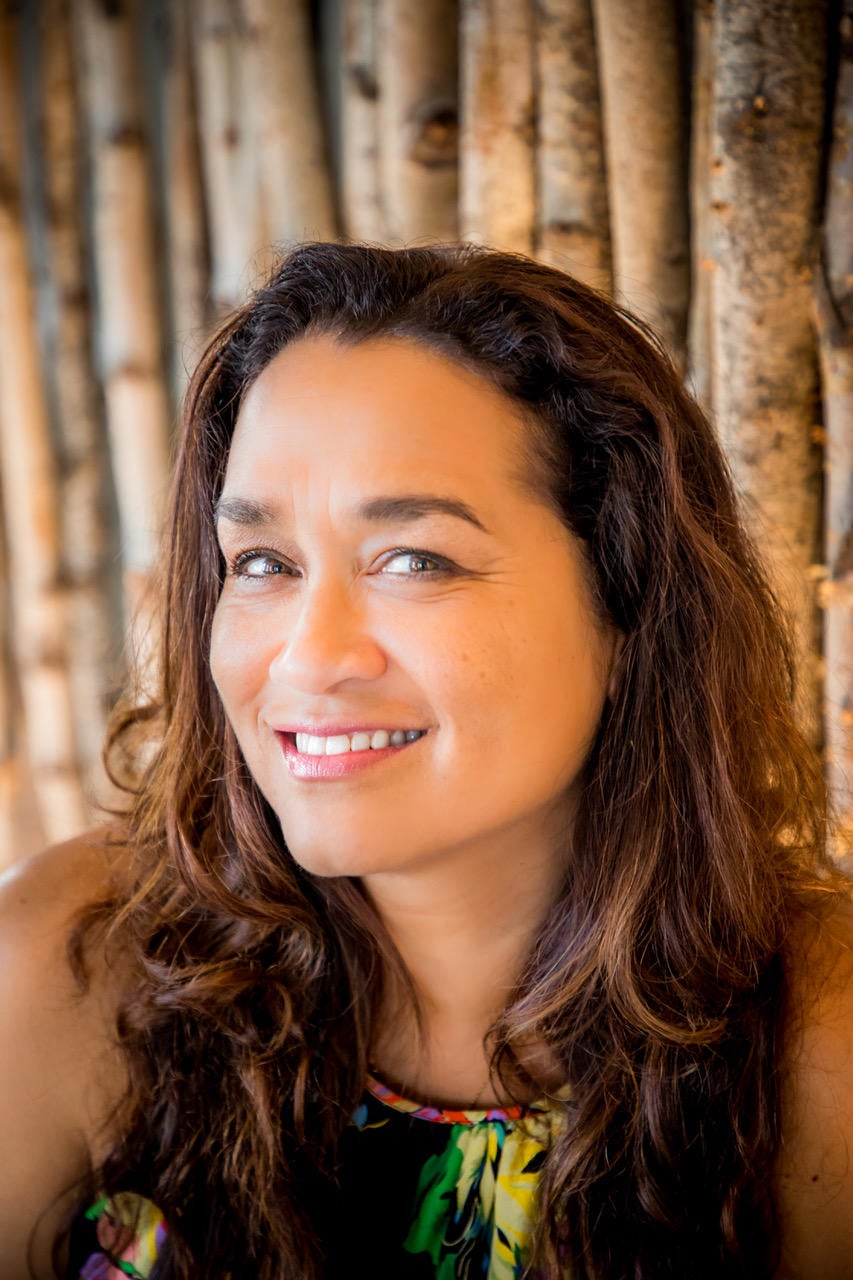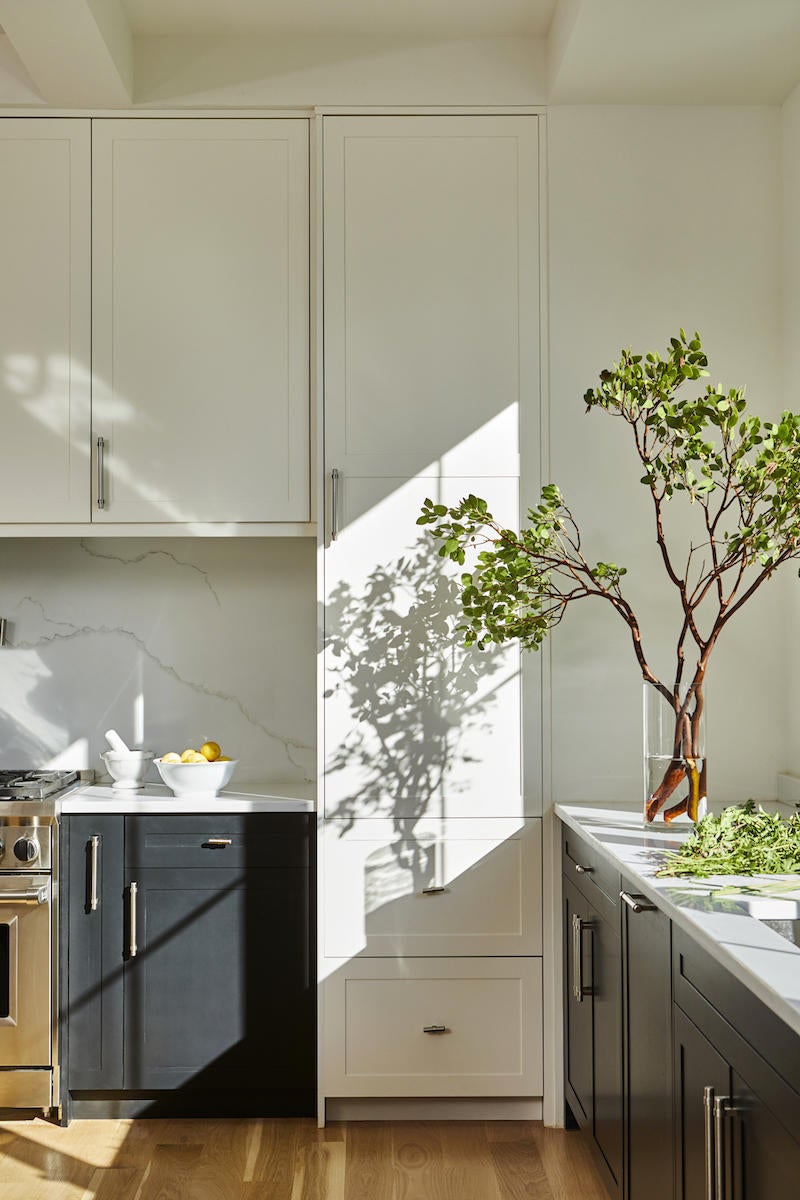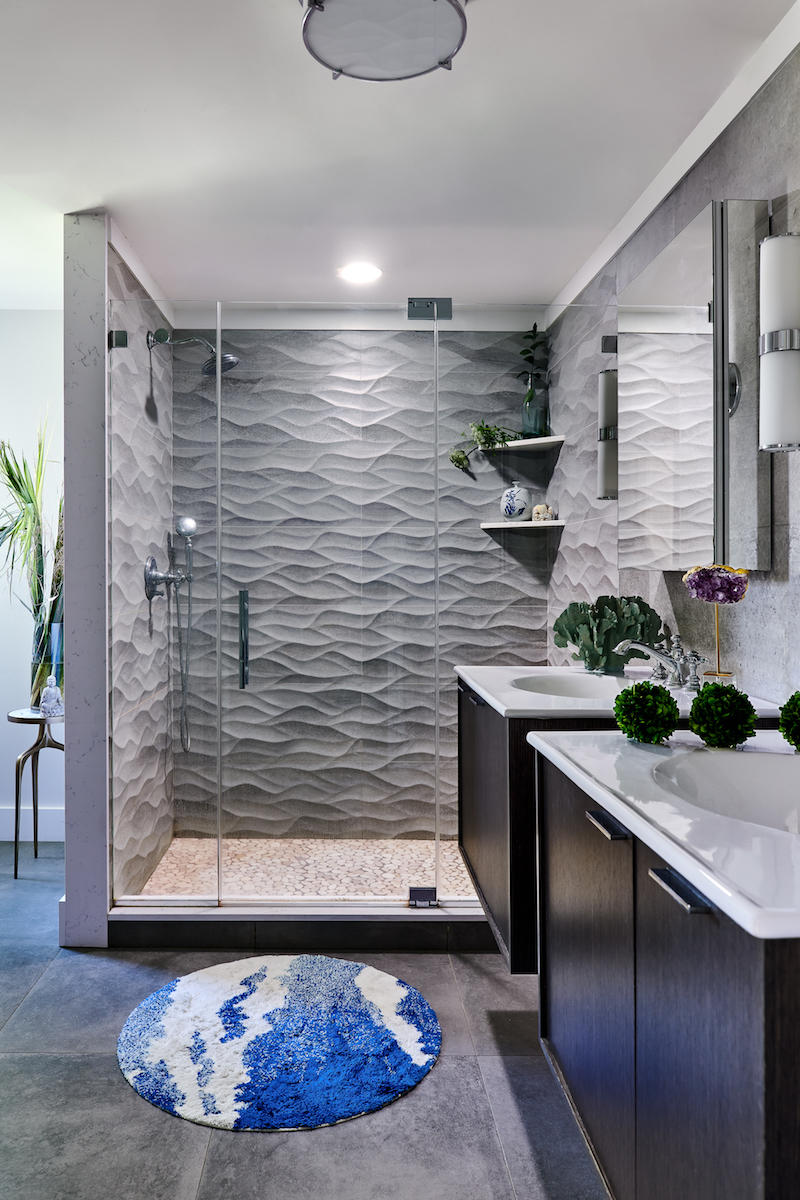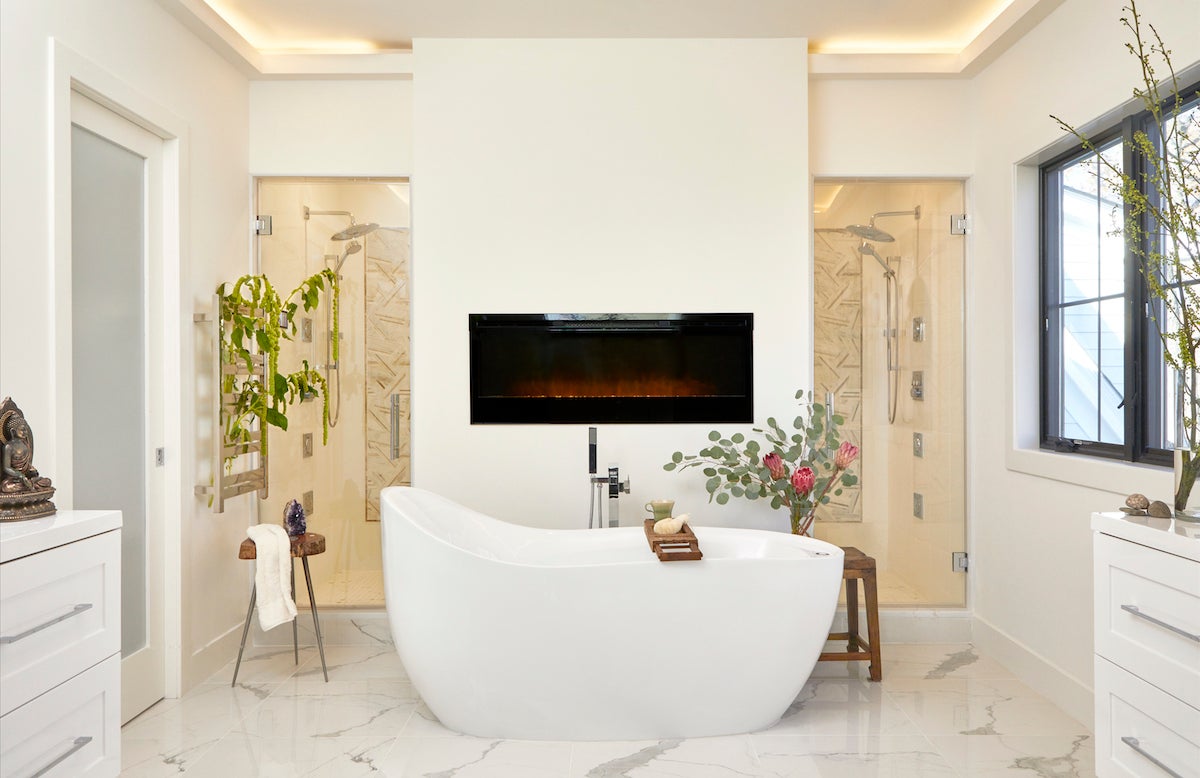A statement of fact: Laurence Carr’s resume is more interesting than yours. A classically trained ballerina from the north of France, Carr eventually moved to New York City to study modern dance in Merce Cunningham’s company. This was before she decamped to Australia to work for the Olympics. Prior to a mid-career pivot to design (she studied at Parsons then worked for legendary designer Mica Ertegun), she had lived on four continents.
Many designers are interested in wellness, sustainability, and a holistic approach; Carr has based her career on them. From day one, her ethos has been to focus on her clients’ mental well-being and the impact of design on the environment. Now that all of us are spending a lot more time at home, feeling good about where we live has taken on a new meaning—an opportune time to check in with a designer who has made wellness her obsession.
Business of Home chatted with Carr about her process, how she gets clients to care about sustainability, and what it looks like to pivot to digital.

You were working for Mica Ertegun, a designer who exemplifies a classic definition of luxury and glamour. Then in 2017 started your own firm that was all about wellness and sustainability. How did that happen?
I saw a gap. I worked with Mica, and we had the crème de la crème, and it was wonderful—but what about happiness in design? What about having this holistic approach and understanding the benefit of beauty and aesthetics, and how this intrinsically helps people to feel better? [I wanted to focus on] how it’s backed up scientifically, how it [impacts] mental health.
In the meantime, I saw another gap, which was around sustainability. [It was a combination of] how to feel well and how to really think about the betterment of the planet. We are in an industry that sends 10 million tons of furniture to the landfill. How can we avoid that?
When did you start getting interested in wellness?
It came from my passion for meditation and spirituality from a very young age, [which came] from being onstage. You work and you work to be the best, and finally when I was onstage, I had the feeling that I was one with the audience. That feeling brought me to reading books about spirituality: I started practicing Deepak Chopra’s teachings before he became as famous as he is, reading people like Eckhart Tolle. Being immersed in wellness was a journey, from the [first] moment I was onstage to years of practicing yoga and years of meditation. That has definitely had an effect on my life. When I started creating my design firm, I couldn’t imagine not taking it into account.
Many designers care about wellness and sustainability, but not as many explicitly market their services around those concepts. You put those ideas front and center. A mention of wellness and ‘the protection of the planet’ is the first thing people see on your website.
I talk about it in the first meeting. My goal is to educate, and what I love the most is that [the design process] transforms them. By focusing on the return on investment of focusing on sustainability, of bettering the world, they see the benefits. We all are consumers—my clients, us designers, the trade. How can we contribute to the betterment of the planet? When I take that angle, they understand. They truly start to see a different way, and it changes the way they consume, from food to clothing to interiors.
Do you think these concepts are more in the culture now than when you first started?
The success of Marie Kondo goes hand in hand with people understanding they don’t need as much. But it does depend on the client. Millennials are interested in what I offer; they care about the environment as part of who their generation is. I’m not saying baby boomers don’t—there’s an understanding now of how it will affect their grandchildren.

I think a lot of designers are worried that focusing on sustainability up front will feel like homework for clients. How do you make it fun?
I start with a full questionnaire. It’s all about understanding who they are—it’s human-centric design. It’s more about understanding my clients, instead of trying to impose something on them. That’s not what I want.
Also, I’m not heavy on the topic at all. I touch on it first, and then I [learn about] their choices and how they live, and then I’ll come back to it. The transformation happens over time. I’ll show them something like, “This is a wonderful product—and, oh, it’s mostly made of scrap materials!” Or, “This hardwood comes from local wood shops!” I give them some information, and later on, they’ll start to ask the questions themselves. They’ll [look at] something new and ask, “Is this recycled?”
The word wellness sometimes feels overused in our culture now. What does it mean specifically to you?
To me, it’s about a space that will contribute to your mental well-being. There are three elements that we use as design tools: beauty, [because] aesthetics and art contribute to you feeling well; comfort; and sustainability. That’s what will contribute to the outcome of well-being.
I also use sensory design, which focuses on the five senses. We want to make sure there’s something that addresses scent; when we work with architects, we think about sound [in terms of] where certain elements will be.
We’re in the middle of a pandemic, and people are more stressed than ever. What do your clients want from a wellness-oriented designer?
Well, the first thing is how can they set up a workspace at home. The second demand is, “How do I design a vignette for Zoom?” I’m actually making an e-book about it. That’s going to be in higher demand as more people work from home. There’s a study that says by 2027, 50 percent of people will be working from home, but I think these numbers are going to accelerate much faster.
There’s an increasing demand in, “How am I going to renovate my kitchen so I can have the patio and backyard come in?” Blurring the lines between the indoors and outdoors. From people stuck at home, they’re seeing the immense advantage of being connected with nature, seeing green, hearing the sound and benefiting from all of that. And also the importance of larger windows—the way that natural light that regulates your circadian rhythm is very important. Everyone is appreciating the benefit of natural light in a new way.

What are some quick best practices for clients who want to look at their homes from a wellness perspective?
I believe in asking, “How do you feel in a space?” Your body doesn’t lie to you. I tell people, “Just move your furniture and simplify and see how you feel. Look at the direction of the sun. Understand where natural light hits your home from one space to another.”
To shift gears a little, you have a new e-book that you sell on your website that collects sources that sell sustainable furniture. What’s the thinking there?
I set up my firm in such a way that it would take in multiple revenue streams. That’s probably related to my experience with [Ertegun’s firm] MAC II. That was a firm of an era; to me, in the 21st century you need to be digital.
So that means e-design and e-books?
There will be many more [e-books] to come. It’s all about having your own website and creating your own products, that another company, a bigger, larger company, is not going to own. The more you set up your business [to have] passive income, the better. E-design services is one [way to do it], creating e-books is another. Affiliate marketing is also an option, though for me it’s very limited, because I’m sticking to sustainable sources. I’m careful about what I recommend.
Are you going to be focusing on digital products going forward?
At the moment, we designers have no other choice with the current pandemic than to push digital. That’s what I’m doing, because who knows when this is going to end? I’m not expecting that things are really going to change until summer 2021, so how do we pivot? I went from 50 percent [of my work] online to 100 percent.
Big picture: Do you think clients pay for wellness? And is that on the upswing?
It’s very much at the forefront of everyone’s mind because of the pandemic. There will be an explosion of buying houses and renovations and new construction. People do not want to be stuck in New York or other big cities like they were. And what will they want [in their new homes]? Wellness will be a priority.
Homepage photo: A home spa by Carr | Kelly Marshall




























